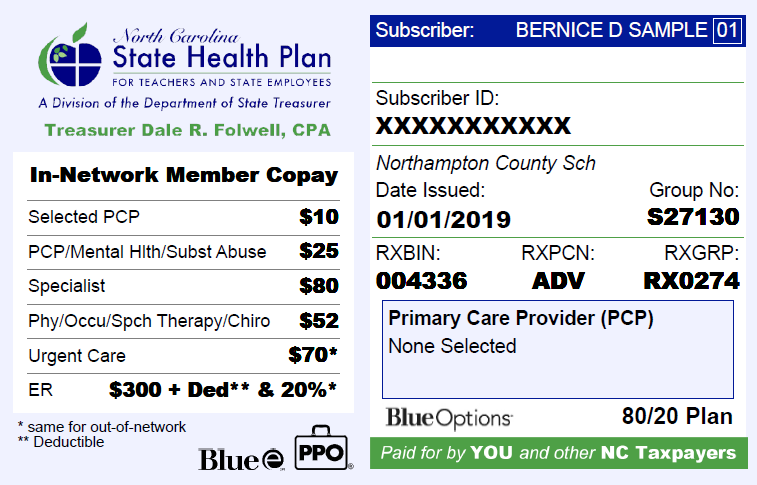
Health insurance is a vital aspect of compensation for many employers. For the past 10 years, however, these benefits have been increasing in price. The reasons include increasing deductibles, rising prescription drug prices and high health system prices. These trends are driving the rise of premiums and depressing wages. Employers are often frustrated by rising costs and increased administrative burdens. Some are looking for alternatives to the wage.
Employers are increasingly using wearable devices for wellness programs. One survey revealed that 55% of employers have access to data from employees' wearable devices. The main driver of the increase in health insurance prices is still price. However, employers are looking for new payment methods to ensure their employees stay healthy.
According to the Congressional Budget Office (CBO), the number Americans who are covered by employer-sponsored health plans will remain the same 159million in ten year. The tax-favored alternative to health insurance is still available. In 2019, however, the cost for single coverage will exceed 9.86 percent of household income.

Premiums are not just the cost of the health insurance, but also the cost of deductibles. A quarter of American workers have a minimum $2000 deductible. The deductible for workers in the United States is approximately $2,000. Many businesses are now opting to be self-insured, which can reduce the overall cost of benefits. The self-insured policy saves money when there are fewer claims. However, if the claim is higher than expected, the employer has to pay extra.
The age mix of employees determines the rates for small groups. For example, in Massachusetts, workers under age 25 pay an average of $1186 per year, while those over the age of 25 pay about $6,896.
Larger employers have greater control of plan coverage. Many large employers offer biometric screenings for their employees. They offer a wellness program, which encourages employees visit lower-cost providers. Employers in the public sector have the option to customize their health care plans to suit their individual needs.
The Affordable Care Act will shift employers with 51 to 100 employees into a merged health insurance market in 2016. These employers will see premiums rise up to 9 per cent. State governments are also required to set a rate annually. Those who don't offer affordable plans are subject to a $3,480 annual penalty.

In order to comply with the ACA, some small employers must make additional contributions to subsidize health insurance for their workers. Massachusetts is an example of a state where employers are required to contribute $50 per employee annually.
Despite these requirements however, there is still a decrease in the number of employers that offer health insurance. After a decade with rapid increases, many small businesses are now frustrated by the uncontrollable price of benefits. Despite the fact that health insurance rates have not increased for most employers, some employers are still struggling to retain their employees.
As the unemployment rate remains low, the difficulty of retaining employees is only increasing. This is a problem for employers. Employers can be fined $2,320 per person if they fail to offer health insurance. You can also face thousands in fines if you fail to comply COBRA. This law requires employers offer ongoing health care to their employees.